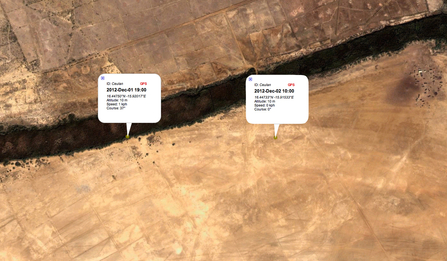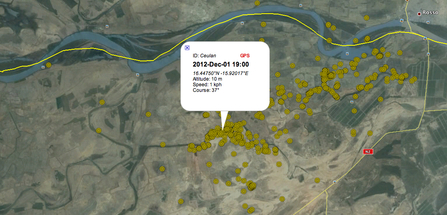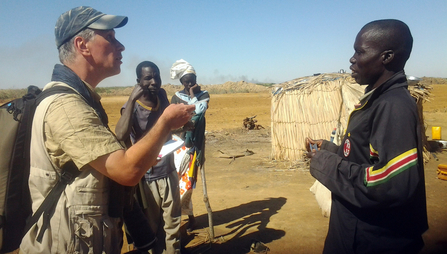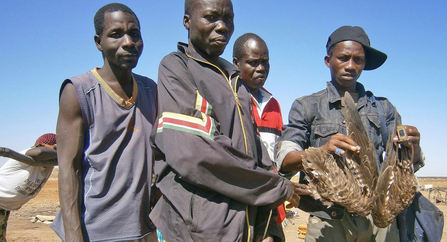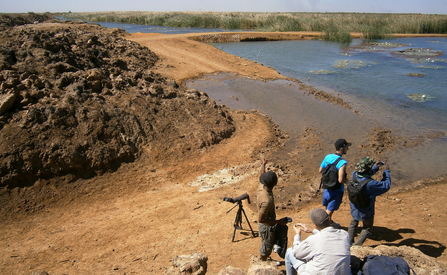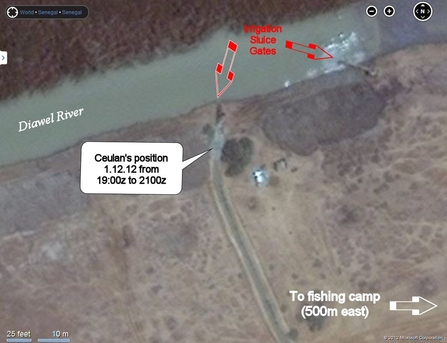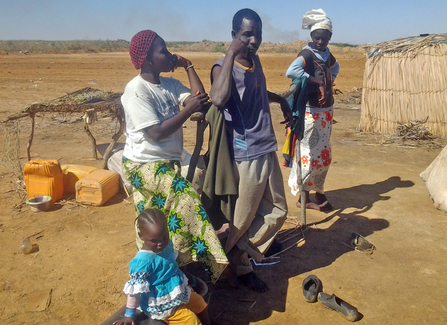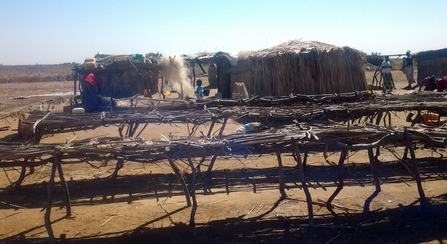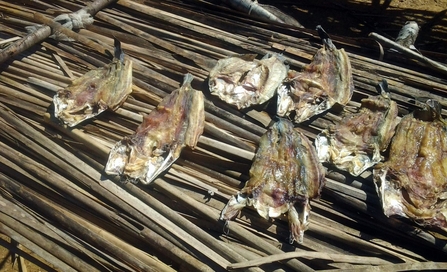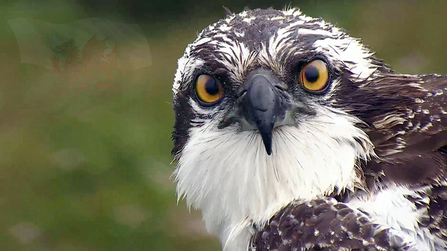Ceulan has died.
Late afternoon to early evening on December 1st, he dived into the Diawel River, a tributary of the Senegal River 3.7 miles to the south, looking for fish. He'd caught fish here many times before. Ceulan got tangled up in fishing nets and was unable to free himself. A local fisherman checking his nets found him the following morning and took his body to his nearby fishing camp, where he remained for the following two weeks.
The map below shows his position (left) where Ceulan got tangled up in nets, and the fisherman's camp where he was taken to the following morning.

